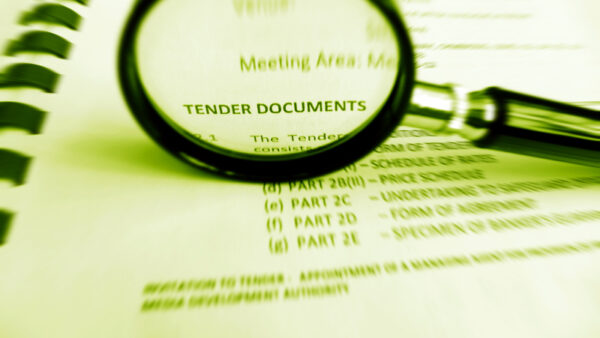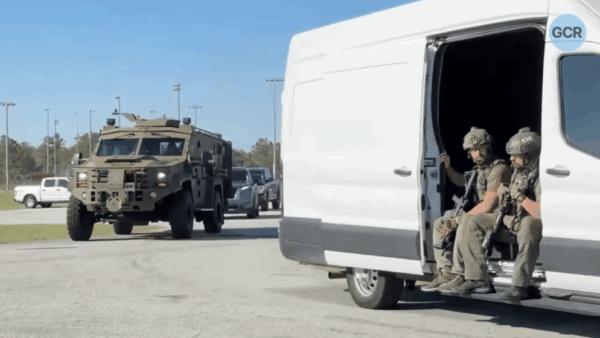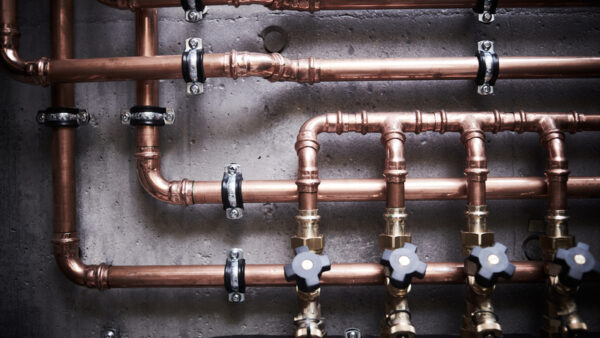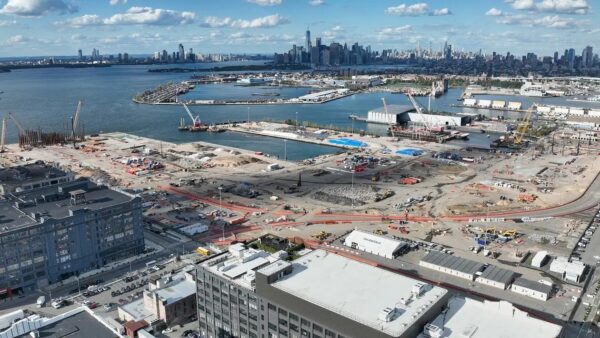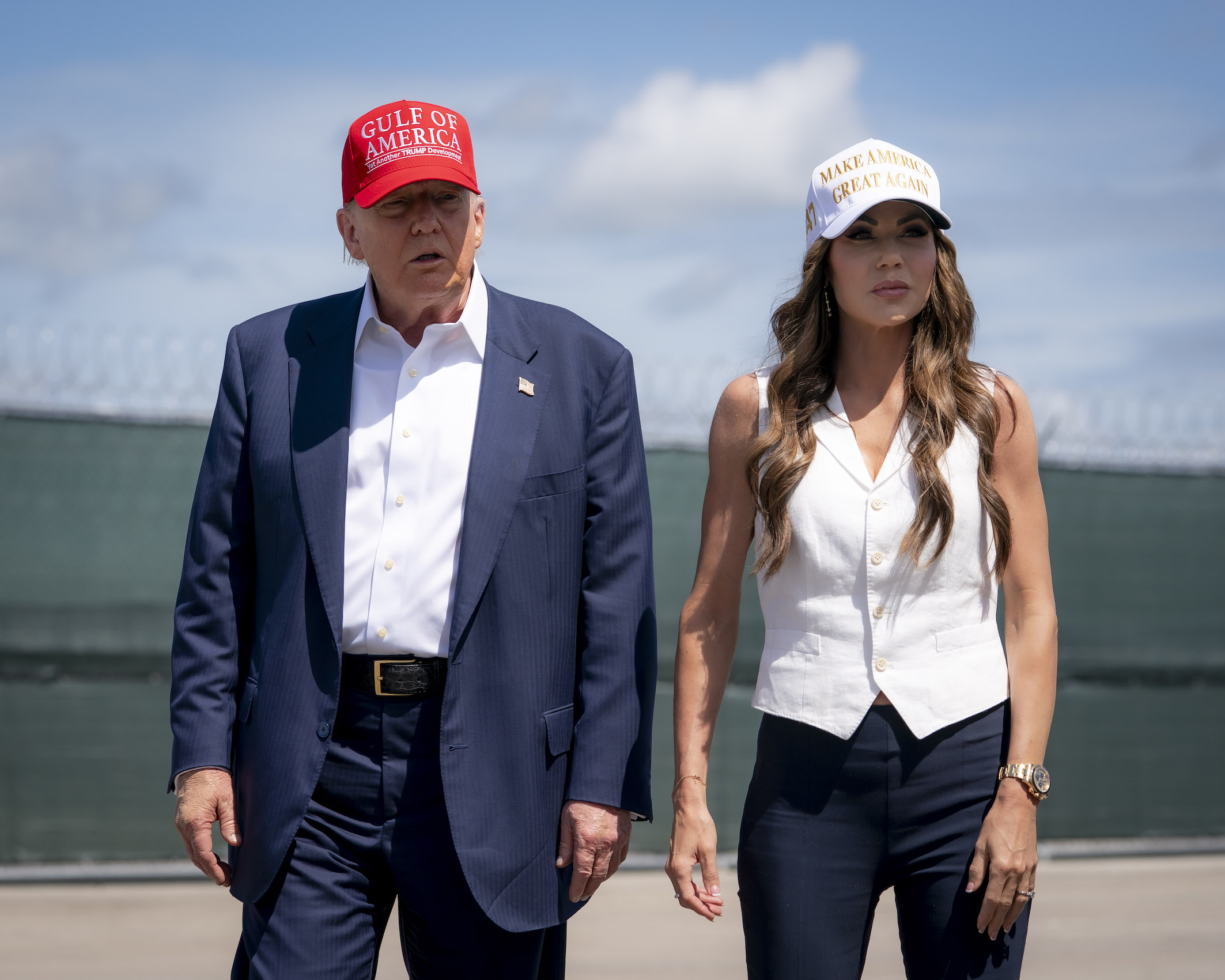
Donald Trump justified his global tariff carpet-bombing campaign by saying it would encourage high-tech manufacturers to build factories in the US.
But the raid led by US Immigration and Customs Enforcement (ICE) in Georgia two weeks ago has shown that the US immigration system can’t cope with the number of specialised workers foreign companies need to bring in to get them built.
The September 4th raid on an EV battery plant being built by Hyundai Motor and LG Energy Solution in Ellabell, Georgia led to the six-day imprisonment of 317 South Korean engineers and technicians, all of whom ICE insisted were working in the country illegally.
But, after strenuous intervention by the South Korean government, President Trump ordered their release without handcuffs or other restraints – a South Korean government demand to prevent its nationals being subjected to further distress and humiliation.
They were eventually released in the small hours of Thursday, September 11th. ICE pressed no charges and offered no explanation for the release.
- How the raid unfolded:
‘Come on, get the right visa!’
The fiasco has spotlit a problem South Korea’s government, companies, and even US lawmakers have been trying to get Washington to fix for more than a decade.
It is that the US immigration system is not fit for Trump’s core mission of reshoring manufacturing.
There are just not enough suitable visas available for the specialist workers Korean and other foreign companies must bring in to assemble state-of-the-art production lines.
As anger and alarm mounted on the Monday after the raid – September 8th – the Trump administration blamed Hyundai for not bothering to get the right visas.
“We like that Hyundai’s building a plant. That’s great, right? They should get the proper visa for their workers! Come on! Get a work visa,” reprimanded US Secretary of Commerce Howard Lutnick during an interview with Axios that day.
“What they did is, they came in on tourist visas and then they’re just working in this plant,” he claimed.
“I mean, so Hyundai, who’s a total grown-up, more than capable of getting them the proper visa, should have gotten them the proper visa,” he insisted.
He added: “Come on, get the right visa! Come on, Hyundai, just do the right process! You can do better than that!”
Asked if ICE raids would make it harder to attract foreign investment, Lutnick dismissed the idea.
“No, I called up the Koreans, I said oh, give me a break! Get the right visa and if you’re having problems getting the right visa, call me. I’ll call [US Secretary of Homeland Security] Kristi Noem and we’ll help you get the right visa!
“But don’t do it the wrong way. You can’t do things the old way. Donald Trump requires you to do it correctly.”
Insulting and false
The South Koreans will have found Lutnick’s outburst to be insulting and false.
Atlanta-based lawyer Charles Kuck represented seven of the detained Koreans, and told GCR his clients had been working legally with either B-1 visas, which are for business visitors who can engage in after-sales service and installation, or under the ESTA-B visa-waiver scheme.
“People don’t understand, this plant is … being built with equipment from outside the United States, thus requiring technicians and installers and engineers from outside the United States who are the experts on this product, products which they don’t make in America,” he said.
- 731,000 people have watched our interview with Charles Kuck:
It’s possible that not all 317 Koreans had the correct visa for the work they were doing but, counter to Lutnick’s mischaracterisation, it would not be for want of trying on the Koreans’ part.
The gold standard is the H-1B specialty occupation visa, but the US caps the annual number issued at 85,000 and distributes them by lottery, making it impossible for foreign corporations building major factory campuses on a deadline to rely on them.
Similarly, the L-1 visa for intracompany transfers is difficult and time-consuming to get, so the B-1 and ESTA-B have become “a de facto stopgap, especially in time-sensitive industrial projects where legal alternatives are functionally unavailable”, as The Korea Times put it.
Lutnick’s claim that Hyundai could easily have sorted its visa issue if they had only called him also flies in the face of reality.
On Tuesday September 9th, the South Korean Foreign Ministry issued a statement saying that, since Donald Trump assumed office in January it had made no less than 52 outreach efforts, including 10 meetings with the Senate and the House, The Korea Herald reported.
In any event, it is not the prerogative of the Trump or any other administration to change immigration rules, according to Charles Kuck, an immigration law specialist. Only Congress can do that, he said.
Not a new issue
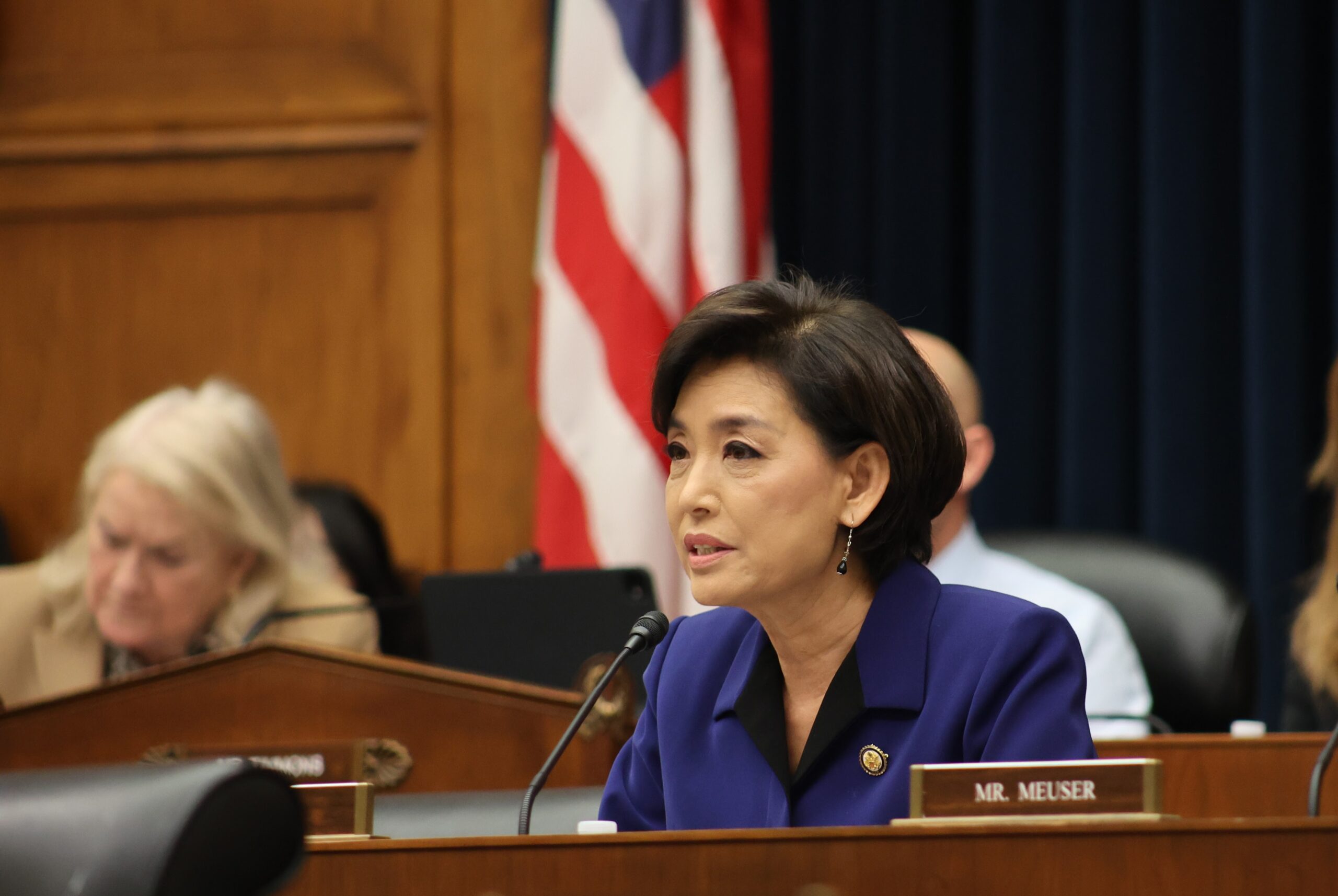
In that sense, the Koreans’ difficulty is an old issue in the US.
In July, Republican congresswoman Young Kim and Democratic congresswoman Sydney Kamlager-Dove introduced the bipartisan “Partner with Korea Act” which would allot 15,000 E-4 highly-skilled work visas for Korean nationals with specialised expertise.
If passed, the act would oblige employers to make sure no American workers could fill the roles.
“When we fail to attract and retain immigrant talent, our businesses and economy suffer. That’s why the Partner with Korea Act is crucial for keeping America competitive,” Young Kim said.
But Korean companies eager to invest and build factories in the US should not hold their breath.
The “Partner with Korea Act” has been introduced – unsuccessfully – in every Congressional session since 2013.
It remains to be seen whether the Trump administration comes to understand that it can’t expect high-tech manufacturers to set up shop in the US if it continues to be gung-ho about brutal, made-for-TV raids against the only people who can make it happen.
- Subscribe here to get stories about construction around the world in your inbox three times a week

